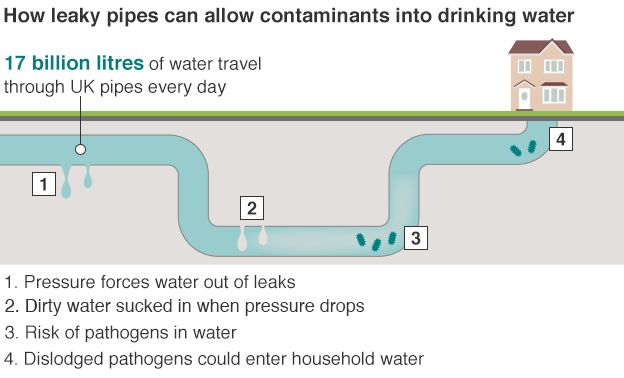Take Advantage Of The Detailed Balance Of Costs And Ecological Influence To Reveal The True Capacity Of Solar Power Versus Traditional Resources
Take Advantage Of The Detailed Balance Of Costs And Ecological Influence To Reveal The True Capacity Of Solar Power Versus Traditional Resources
Blog Article
Post Writer-Jain Blum
When analyzing the stability of solar power versus conventional power resources, you may find yourself contemplating the lasting sustainability and impact on your finances. The elaborate equilibrium between initial costs, ongoing expenses, and environmental ramifications raises crucial questions concerning the future of power generation. As you browse through the intricacies of this contrast, a deeper understanding of the subtleties in cost-effectiveness, environmental stewardship, and power safety and security awaits expedition.
Cost-Effectiveness Contrast
When contrasting the cost-effectiveness of solar energy with traditional energy resources, it ends up being noticeable that first financial investment distinctions play an essential function in determining long-term savings.
While solar power systems require a higher in advance financial investment for setup and tools, they use significant long-lasting benefits that can exceed the preliminary expenses. The essential lies in comprehending that solar power systems have minimal ongoing functional and maintenance expenditures compared to standard energy sources like fossil fuels.
By investing in solar power, you can possibly minimize utility bills over the system's life-span. In addition, with innovations in modern technology and reducing installment costs, solar energy has actually become a lot more obtainable and affordable for property owners and companies alike. These savings can gather gradually, giving a return on investment that goes beyond typical energy sources.
In addition, solar power systems use the benefit of energy self-reliance and stability against varying utility prices. By utilizing the power of the sun, you add to a cleaner environment and reduce your carbon impact. Accepting solar energy not only advantages your budget but also the world in the future.
Environmental Impact Analysis
Solar energy presents an encouraging alternative to typical power sources because of its dramatically lower environmental effect. Unlike fossil fuels that send out harmful greenhouse gases and add to air pollution, solar power generates electrical energy without generating any type of emissions.
The procedure of harnessing solar energy includes capturing sunlight through solar panels, which doesn't release any pollutants into the atmosphere. This absence of exhausts helps reduce the carbon footprint related to energy production, making solar energy a cleaner and more lasting option.
Furthermore, using solar power adds to conservation initiatives by decreasing the demand for limited sources like coal, oil, and gas. By relying upon the sunlight's abundant and renewable energy resource, we can assist protect natural habitats, protect communities, and minimize the adverse influences of source removal.
Reliability and Power Landscape Assessment
For a comprehensive evaluation of integrity and the energy landscape, it's necessary to assess exactly how solar energy compares to conventional resources. commercial solar system installers is picking up speed as a dependable and sustainable energy source. While conventional resources like coal, oil, and natural gas have actually been historically leading, they're limited and add to environmental degradation.
Solar power, on the other hand, is bountiful and sustainable, making it an extra sustainable choice over time.
In regards to integrity, solar energy can be depending on weather conditions and sunlight availability. However, innovations in innovation have actually led to the growth of energy storage space services like batteries, boosting the dependability of solar energy systems. Conventional resources, on the contrary, are prone to rate fluctuations, geopolitical stress, and supply chain disruptions, making them less trustworthy in the long term.
When assessing the power landscape, solar power supplies decentralized energy manufacturing, minimizing transmission losses and raising power safety. Conventional sources, with their central nuclear power plant, are more susceptible to disturbances and need considerable infrastructure for distribution.
Conclusion
Finally, when comparing solar power to traditional power sources, it is clear that solar energy uses an affordable, environmentally friendly, and reliable choice. With minimal functional expenses, prospective savings on energy expenses, and a considerably lower environmental influence, solar power is becoming a much more lasting and safe and secure alternative. Embracing relevant resource site can help reduce greenhouse gas emissions and add to conservation initiatives, making it a compelling selection for the future.
